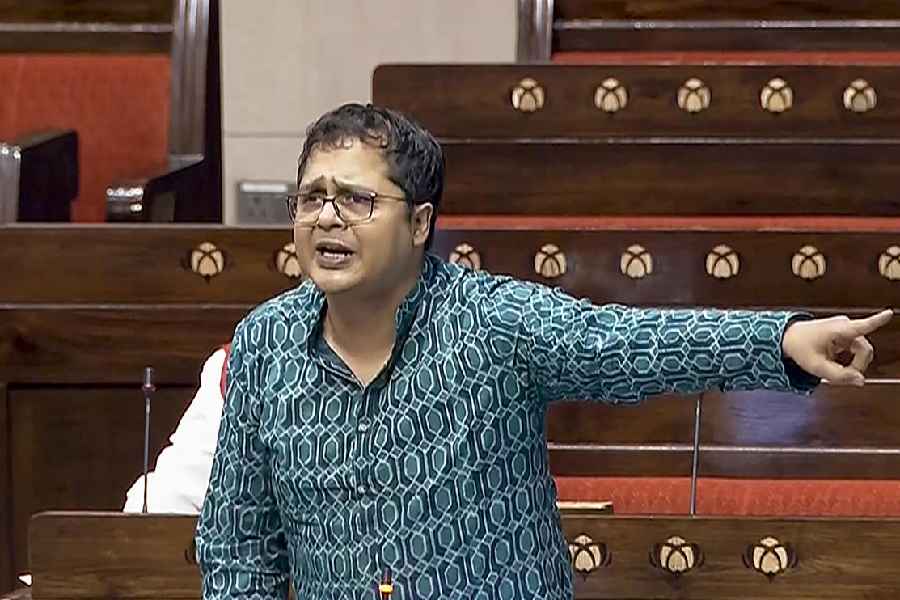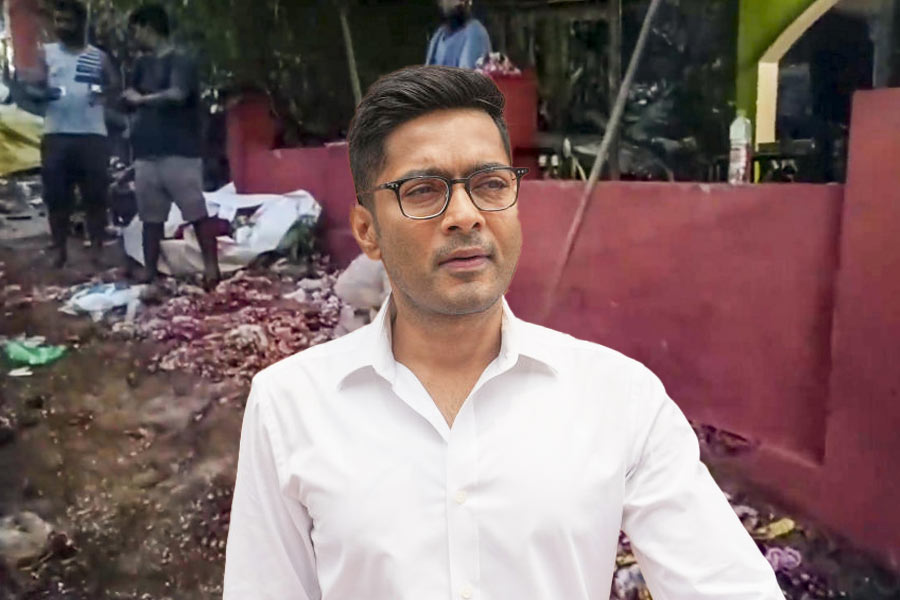

The voice-over goes thus: "If you have now come out of the temple [in central Calcutta], continue walking westwards on Darpanarayan Tagore Street... Now a bit of a warning. This part of the road is where wholesale traders of chilli have their shops. Be prepared to cover your mouth and nose..."
The voice-over is from the narrative that goes with the Pathuriaghata walk developed by HopOnIndia - an app-based audio-guided tour developed by a Mumbai start-up of the same name.
"We are a nation full of stories around places, monuments, neighbourhoods and we need to share these," says HopOnIndia founder Shivendra Gupta.
Gupta, who has launched a number of such tours in Mumbai and is in the process of developing others in Aurangabad and Vara-nasi, hopes the app will be useful to tourists as well as locals seeking to reconnect with their heritage. He emphasises that the narrations have been carefully researched and curated by experts.
Soumitra Das, who has written the book A Jaywalker's Guide to Calcutta and is a columnist with The Telegraph, has been tracking the metamorphosis of this area for decades. Apart from the documented history of the streets and buildings, he has been collating oral narratives of long-time residents. Das spoke to at least three to four members from each family to get details. He says, "They are not willing to talk to any stranger. Since I have developed some trust in the course of my long research, they shared several untold stories." It is his research that has been turned into the narrative for this walk.

In the 19th century, Calcutta was divided into the British White Town and the Black or Native Town. In the heart of the latter stood Pathuriaghata, so named after a road paved with pathor or stones. It used to be the hub of traders. "Many of the prosperous Bengali traders, including the Tagores and the Mullicks, settled down here in the early 18th century," says Somnath Ghosh, a former member of the heritage committee of the Calcutta Corporation. Naturally, these prosperous traders built elaborate mansions.
Many of these endure but have been rendered invisible by subsequent layers of history. Since the 1950s, new waves of traders from different parts of India have settled down here. Today, most of the stretch is choc-a-bloc with trucks, godowns and gaddis. Daily wage labourers from Uttar Pradesh, Bihar, Punjab have made this their home. In the evenings, after a hard day's labour one can see them catching their breath in string cots.

No. 1 Darpanarayan Street is a transporter's office - uninviting and prosaic. Nevertheless, the voice urges us to step inside. Even in the semi-darkness, we can tell the grand sweep of the staircase, the intricate panelling. The ta-tin-dha-tin of the tabla playing in the audio track quickens the heartbeat. This entire building was apparently once the grand baithakkhana of the Pathuriaghata Tagore family. The app parrots, "This staircase is the only surviving relic... The dado or woodwork was by Chinese carpenters... frilly lattice work on Burma teak." Once upon a time the babus of Calcutta must have come riding to this very address every other evening, their phaetons stopping where the mini truck was now offloading consignment after consignment of chilli.
The 90-minute walk has many stops. One has the option of completing it over more than one day, but before 30 days. Among our next few stops was the house of Jadulal Mullick, philanthropist and commissioner of Calcutta Municipal Corporation in the late 19th century. It has one of the most elaborate thakurdalans or collonaded altar for Durga worship.

Rajat Mullick, who is one of the descendants of Jadulal, owns a portion of the house. He says, "The biggest treasure of the family is a metalled ( astadhatu) image of Goddess Singhabahini. It used to belong to Raja Rajyavardhan, elder brother of Raja Harshavardhan (590-647 CE) and was passed on to Amber's Raja Man Singh." The members of the extended family take turns to worship the deity.
We cross the house of Babu Khelat Chandra Ghosh and the 300-year-old Hara Kutir and arrive at 66 Prasanna Kumar Tagore Street, named after the lawyer, educationist and social activist. Fashioned after the Windsor Castle, the tall building was taken over by a stock speculator, Haridas Mundhra, and is now used as a car park.
By now it is dusk. The immersive experience has played out like a bitter-sweet movie. And the natural darkness only seems to enforce the pity of the colossal ruin - architectural, cultural, civilisational. The eyes burn and it is not entirely from the chilli flakes.











